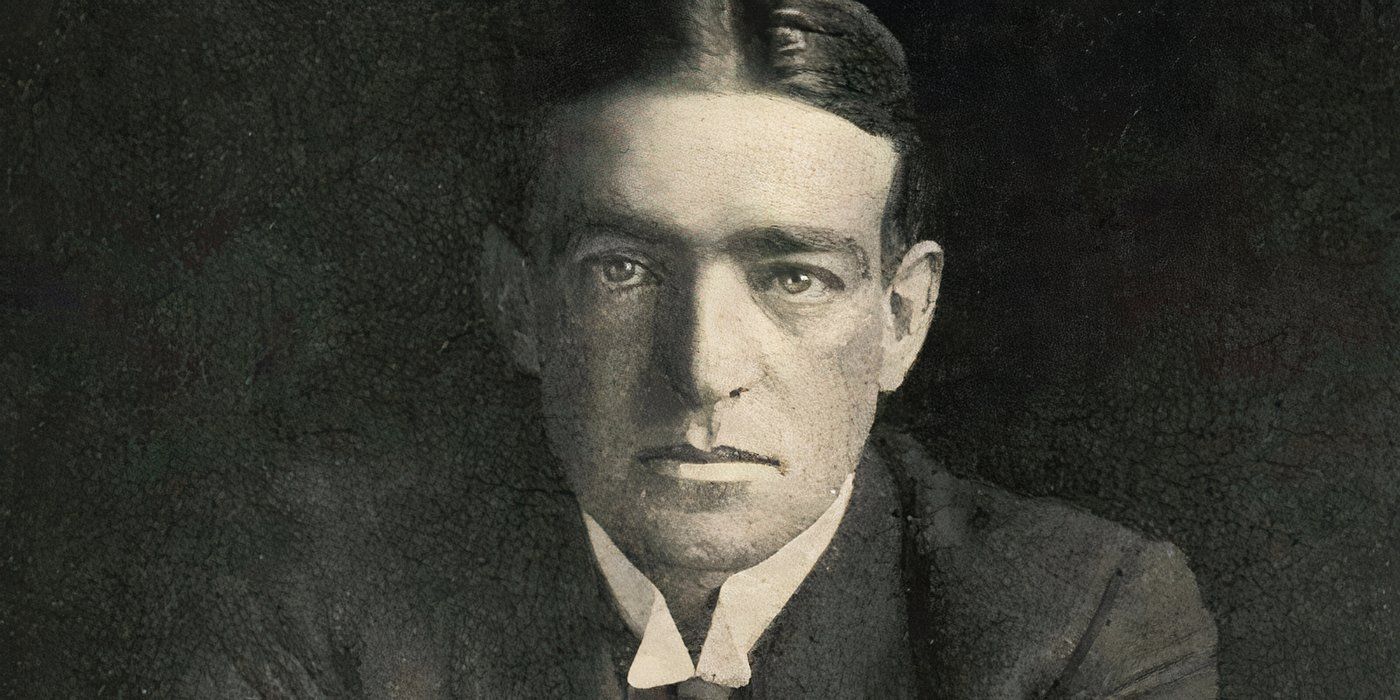National Geography's engrossing new documentary on Disney+, Endurance, tracks the 2022 Antarctic expedition led by celebrated maritime archaeologist Mensun Bound. The expedition, aboard the Agulhas II, is trying to locate the shipwrecked Endurance, the vessel abandoned by Captain Ernest Shackleton and his crew in October 2015. Shackleton had set out in November 1914 to reclaim Britain's reputation as the world's greatest explorer, after the Norwegian Roald Amundsen had beaten British hero Captain Scott to the South Pole in 1911. Undeterred, Shackleton insisted a bigger prize would be had by crossing Antarctica from sea to sea, via the pole.
As made clear by the documentary, the subsequent Imperial Trans-Atlantic Expedition failed, even if all 27 of Shackleton's crew miraculously survived the ordeal. Endurance relates how the ship became trapped by pack ice in the Wendell Sea, eventually succumbing to the brutal elements and sinking in November 1915. The crew camped on the ice for months, before hauling two lifeboats across 830 miles of barren terrain and launching them in tumultuous seas to reach Elephant Island and then South Georgia Island, and safety. Despite the expedition failing its ultimate aim, Shackleton's success in saving his men was later hailed as a heroic achievement.
All Members Of The Endurance Crew Survived The Sinking & Were Eventually Rescued
Despite Impossible Conditions, Shackleton's Leadership Shone Through
In Endurance, Mensun Bound and his team tell Shackleton's story alongside their own narrative - to locate the wreck of the Endurance. The trials and tribulations of Shackleton's 27 crew members as they fight for their lives are graphically represented, as they battle with the brutal cold, hunger, and boredom, and the sheer mental endurance required to overcome setback after setback as their situation progressively worsens. Once Shackleton decides to relocate and try to reach Elephant Island, their journey to safety is truly epic.
Although all 28 eventually survived, against all the odds, they did not do so unscathed. Percy Blackborow, who had been refused a job with the expedition but stowed away on the Endurance, lost his toes to frostbite on the trek. Henry Mcnish, John Vincent, and Tim McCarthy were so debilitated when the group reached Georgia Island that they had to be left behind. Shackleton, Tom Crean, and Frank Worsley then made the final perilous march across the mountainous island to join up with the Stromness whaling station that would save them. Scott then sailed back to pick up his ailing colleagues.
Why Some Of The Animals On The Endurance Did Not Survive
Hunger Forced The Crew To Take Drastic Action

Keeping his men alive was ultimately Shackleton's greatest accomplishment. Scott was seen as the greater British explorer, but after Shackleton died in 1922, public perception of his exploits began to change. Yet, not all the living things that accompanied Shackleton to Antarctica survived. The expedition took more than 70 dogs to the Antarctic - large dogs bred from collies, mastiffs, and hounds. There were also several litters born on the trip. But after 10 months on the packed ice while the Endurance was slowly strangled by the elements, food supplies suffered, and Shackleton, per canterburymuseum.com, made the awful decision to shoot the dogs for food.
Famously, the ship's male cat, Mrs Chippy, was also shot, but not for food.
Shackleton wrote that "it was the worst job that we had," but that it had to be done. Alexander Macklin, the ship's doctor & dog trainer wrote: "My hands were shaking so much I had to take 2 cartridges to finish him off. Poor beast. Not much fun eating the tough old dogs. The puppies were more tender." Famously, the ship's male cat, Mrs Chippy, was also shot, but not for food. In the Endurance documentary, the men's living conditions are shown to have been incredibly hostile, and the crew simply believed that the cat would have suffered unreasonably.
Source: canterburymuseum.com






:quality(85):upscale()/2024/08/06/667/n/1922794/4bc1ce8866b23aaf319c84.46755244_.png)
:quality(85):upscale()/2024/11/05/936/n/1922153/cc2bbd68672a8e1588a964.53876938_.webp)

 English (US) ·
English (US) ·